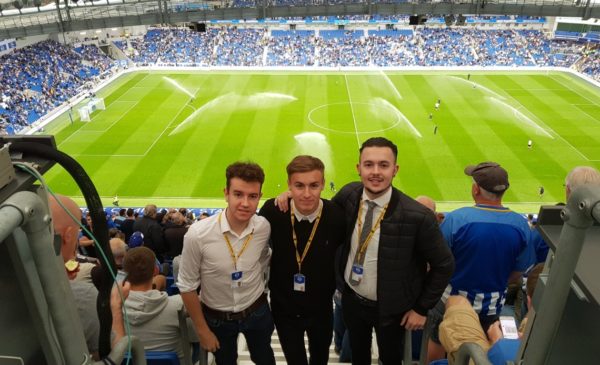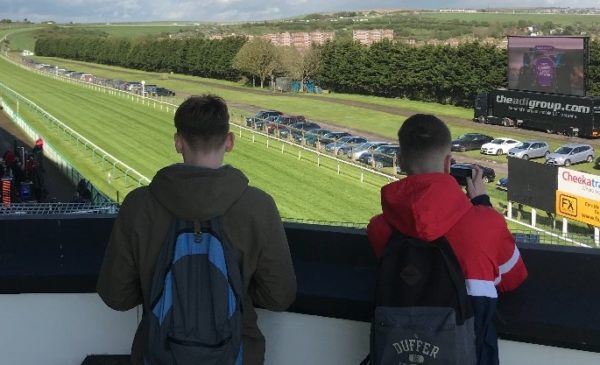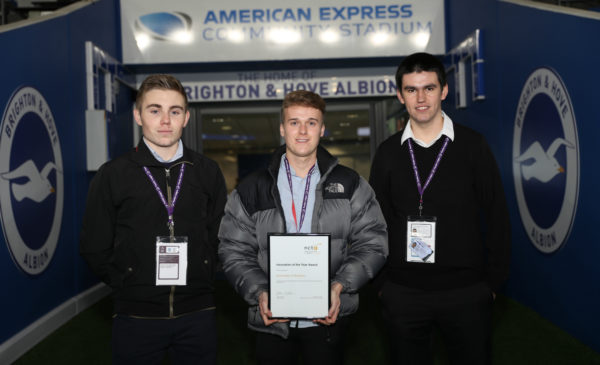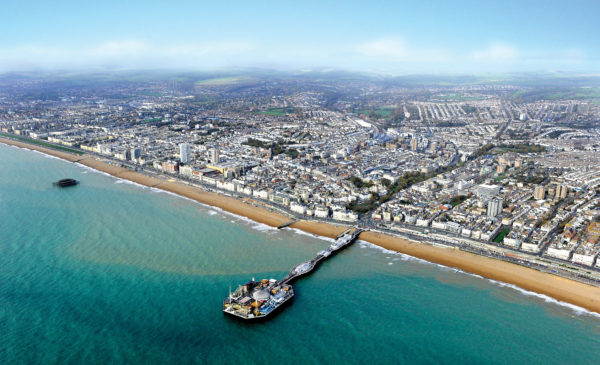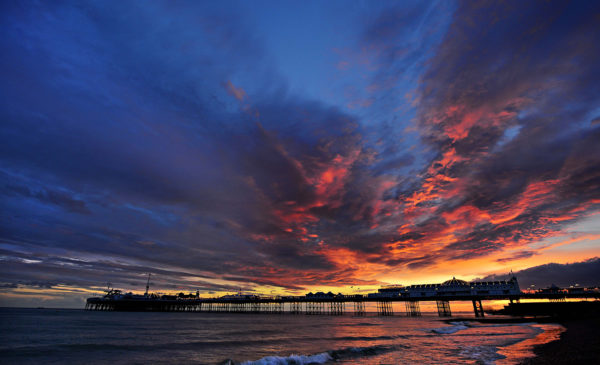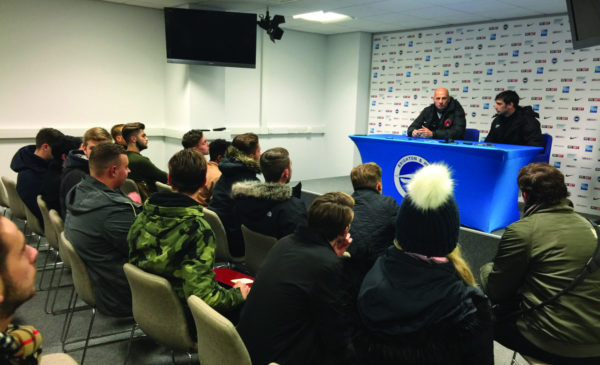Evelyn Schels’ documentary carries a combined case study on four artists and their diverse bodies of work, creating a tether between them based on their mutual use of the self as a core form across multimedia and performance art mediums.
The film’s title, Body of Truth, describes that connection the four artists (Marina Abramović, Katharina Sieverding, Sigalit Landau, Shirin Neshat) share; each of them has an artistic practice that is tied into a politicised use of their own bodies in the construction of images.
This corporeal presence is, in turn, attached to the narratives of conflict, pain and persecution which are common threads in the personal histories of all four women, though they manifest in divergent ways.
Marina Abramović’s work is dark, gothic, and frequently involves invasive treatment of her own body. A child of Serbia (former Yugoslavia), the artist’s parents were both respected members of the National Liberation Army during WWII, and subsequently became attached to Tito’s government when he assumed power.
Abramović identifies herself as being ‘angry’ about the manner in which she was raised by her parents – particularly by her father – and describes incidences of personal trauma across her childhood which work to explain the extreme nature of her artistic performances.
She engages in self-harm onstage in her installation spaces, and has employed biological materials as active agents in works such as ‘Balkan Baroque’ (1997), wherein she continually laboured over washing clean a mound of bloodied bones – representative of the irreversible imprint war and brutality leaves on a nation and its people.
Katharina Sieverding similarly explores the atmosphere of post-conflict societies in her conceptual practice, but she does so in ways that are more abstract. She admits that she finds self-injury in art unappealing, and argues that the body should be representative of the world which surrounds it.
Sieverding has used photographic self-portraits as a recurring central motif throughout decades of work. Born in Prague and shifted into Germany through stints in postwar internment camps, the artist has often made a point in her work to subvert legacies of cultural conservatism; she achieves this by using the medium of photography to draw progressive ideals closer to reality, without really taking a position on a formal ideology.
Although ‘Deutschland wird deutscher’ (1992) makes use of inflammatory language through text, it is only as ideologically charged as the audience makes it, as the sentiments displayed in Sieverding’s work have all been part of social debate across German media; these are offset against playful self-portraits which are in conflict with the overlaid text.
In contrast, Sigalit Landau produces work which is overtly political, but through a personal lens; much of her work self-referential, revolving around the history of her family, and her experiences of her immediate environment – her home in a village in north Jerusalem populated by Holocaust survivors.
The artist describes the incongruity of living in a Jewish-Israeli community which sits entirely separate to – but also neighbouring – an Arabic village across a valley, and some of Landau’s most striking pieces are those with installations situated in the Dead Sea: the salt lake that defies borders but can host no life.
Like Abramović, Landau has used physical harm and violence against herself – performed on her own body – to confront audiences with the realities of nations in constant and futile states of conflict.
‘Barbed Hula’ (2000) is particularly difficult to watch, and involves the use of barbed wire – a symbol of annexation and antagonism – to illustrate these themes in moving image.
Iranian artist Shirin Neshat represents the fourth case study in Schels’ documentary, and her approach to the art of liberation is the most delicate of the practices exhibited.
Neshat seeks to visualise what she terms the ‘dichotomy’ of her experiences of an upbringing in Iran under multiple distinct political regimes, and to draw attention to the fact that women’s bodies are often symbolic battlegrounds as indicators of national progress and identity.
She speaks lovingly of her family, and describes her parents as modern progressives living in a split environment. The artist is keen on human presence in her work, and often combines monochromatic portrait photography with Farsi calligraphy, or uses props to stage a scene – sometimes both.
In her ‘Women of Allah’ (1995) series, Neshat sought to elucidate the contradictions she saw in religious female Muslim communities in Iran during the 1979 Islamic Revolution.
Her photographs convey the simultaneous senses of beauty and threat that she identified with groups of female militants who chose to arm themselves and engage in conflict to fight for the identity they desired for their nation.
The works of all four artists are exceptionally interesting in a cinematic context, and work well shown on screen in sequence, in proximity to one another. How can you assess the artistic merit of a film which is itself about artistic merit?
Schels’ film is thoughtfully produced, with interviews which encourage enough self-analysis on a personal level to give the viewer a depth in understanding of the complex and enigmatic personalities of the documentary’s four highly articulate subjects.
Because of the wealth of artistic material which could be covered when considering the combined work of the artists, creative content does feel as though it is spread rather thinly throughout Body of Truth, but this really stems from a frustration about the runtime being unable to accommodate further case studies drawn from these seminal bodies of work.
Body of Truth is available to stream instantly via Eventive until 16 November as part of the AMPLIFY! film festival.
- AMPLIFY! is an online film festival running November 6-22, with digital programming curated by four of the UK’s biggest film festivals: CINECITY (Brighton), Cambridge and Cornwall Film Festivals, and FilmBath.

